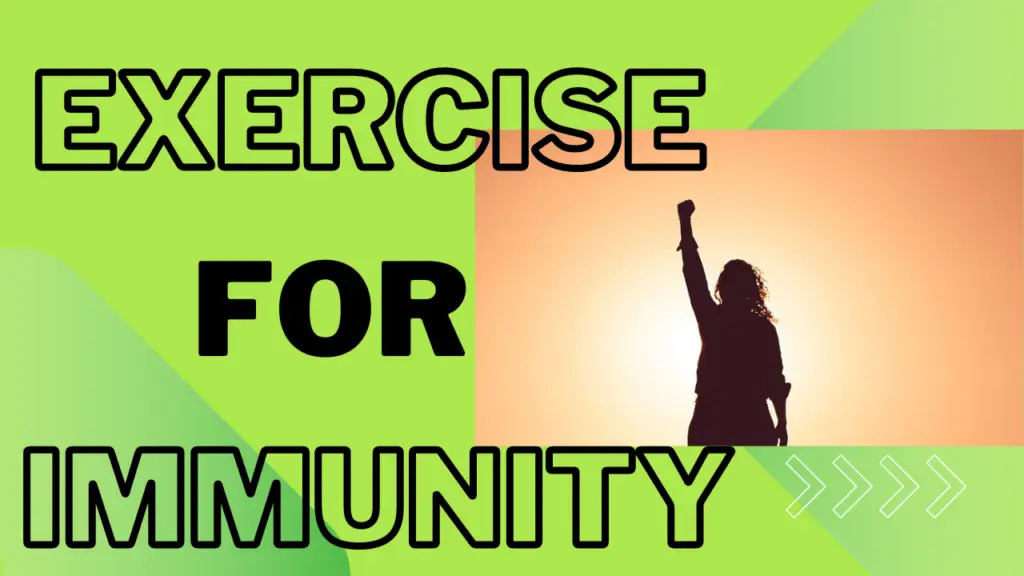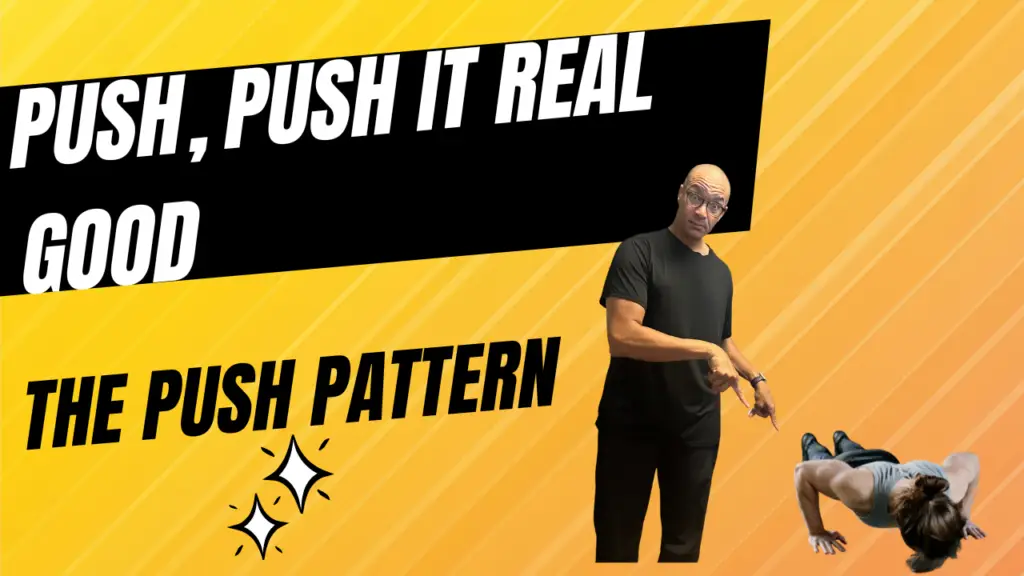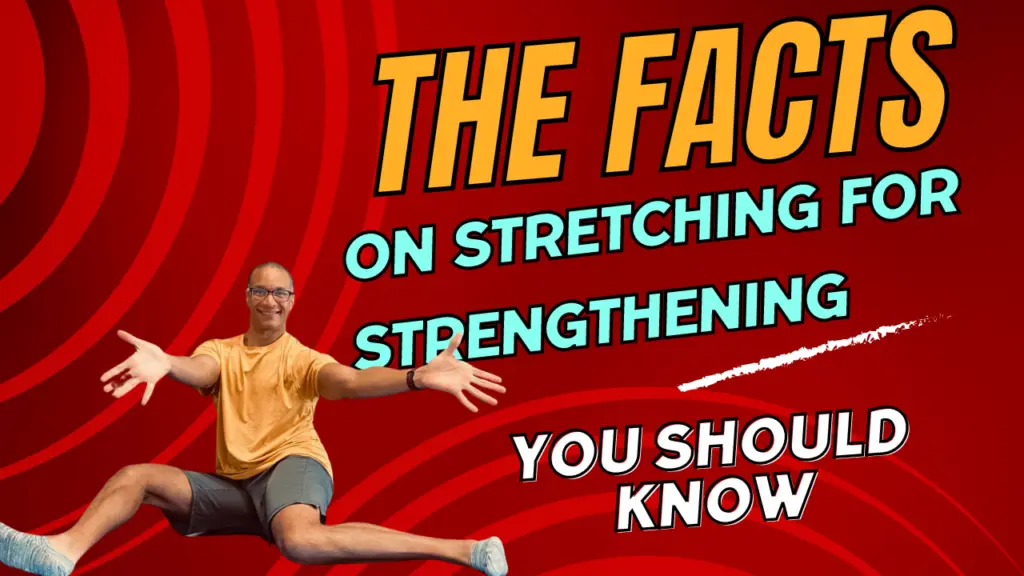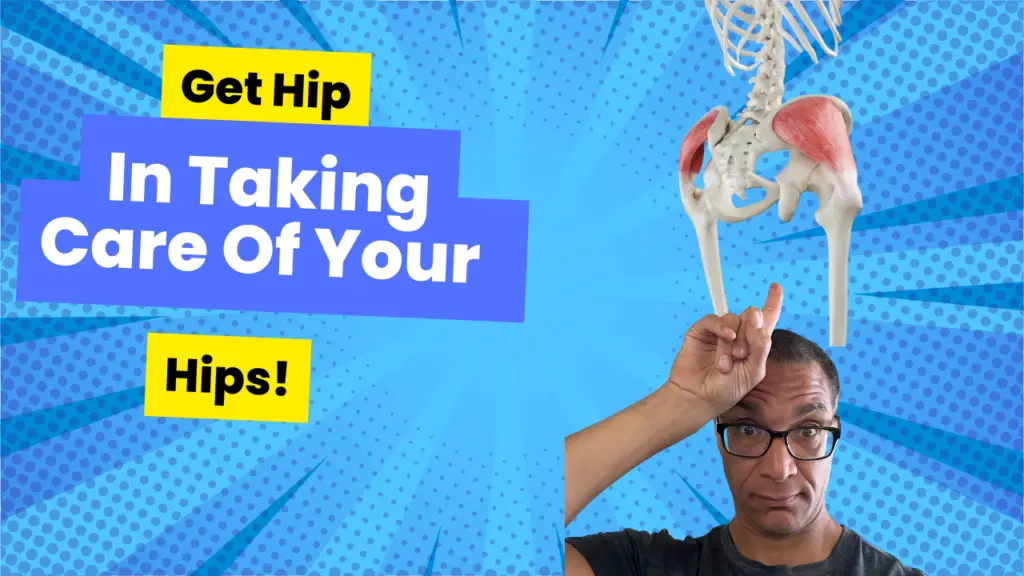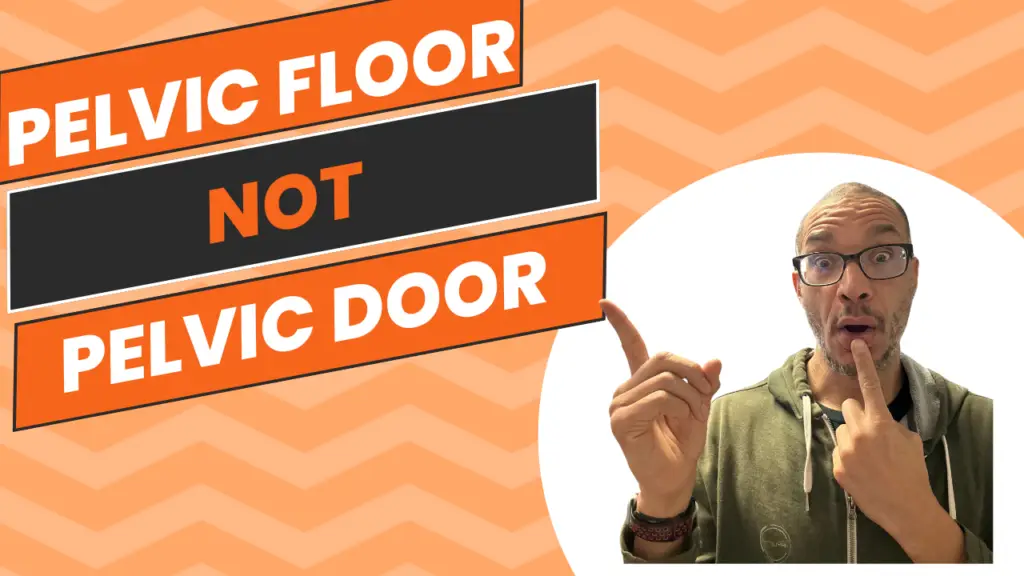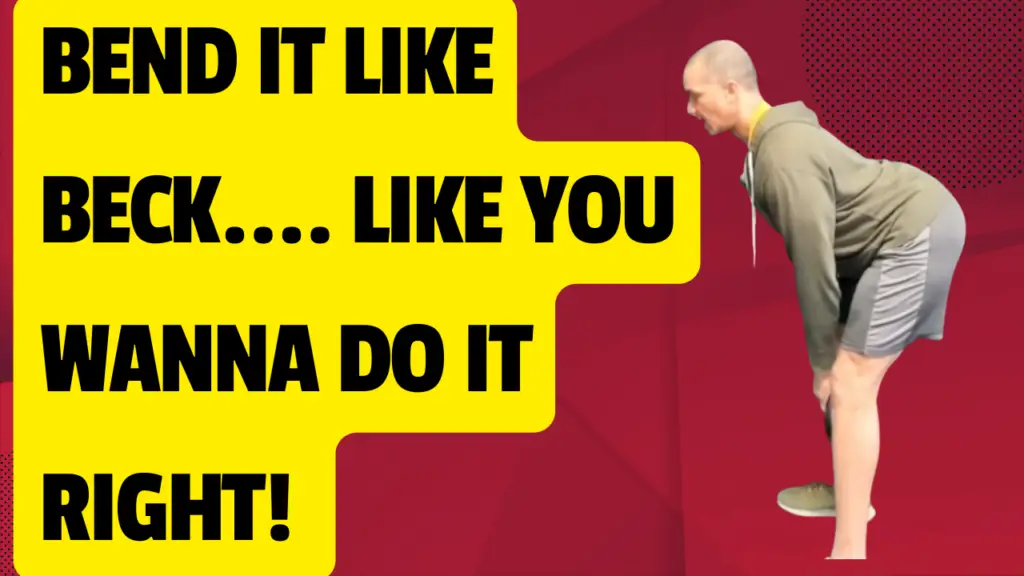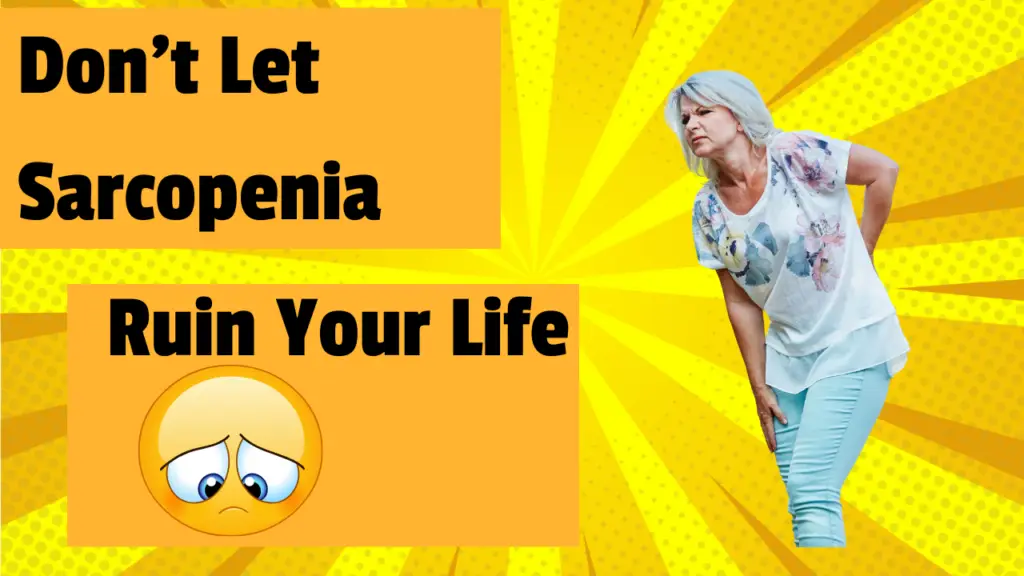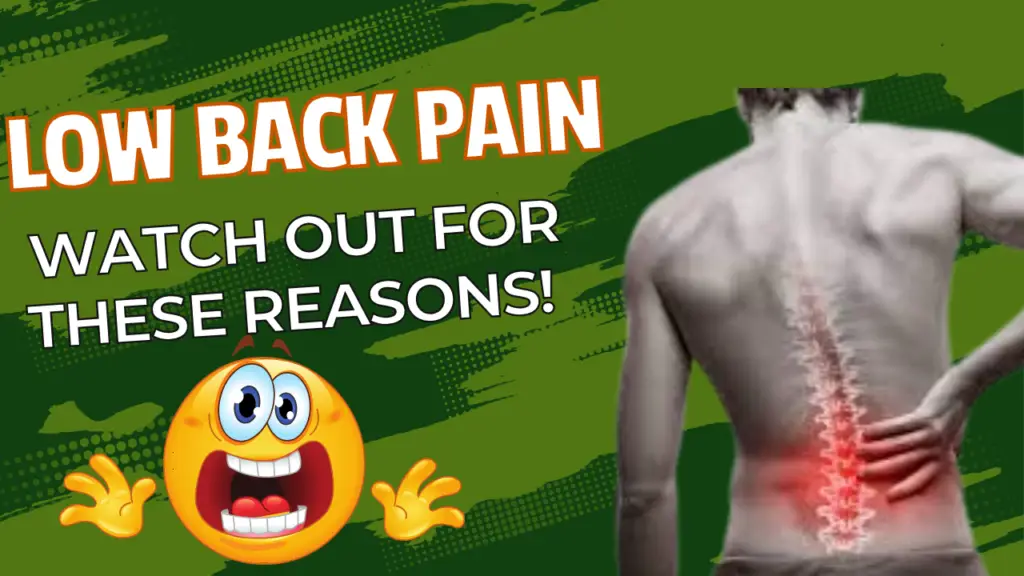
We’re approaching the gratitude and thankful season. It’s a time to take stock of your life and think of all the wonderful things in it. In my opinion, your body is one of the best blessings we have received.
This remarkable body of yours allows you to live and experience life. But too often, we take it for granted and expect it to work or are annoyed when something comes up. And in these cases, you are left with somebody to “make it go away.”
But your body is your responsibility. And by not being proactive and taking care of your body, you are leaving your health up to chance or expecting different results from the same activities. This way of working with your body is the norm and is detrimental to your life.
The current system of preventive health is either dogmatic or focused on symptom-based actions.
Think about it. Isn’t it funny that you will go to different people in different professions and hear similar information? This information is generally correct but only part of the picture. But since you listen to it from multiple sources, it seems like it is.
That’s called an echo chamber.
Or you keep returning to the same people at the same frequency to fix the same issue. You may feel slight relief, but it never totally goes away. That is the reality of symptom-based care. The focus is only to have it go away and not on the whole body, and your body functions best holistically. So, while treating the symptom may be necessary, it is not sustainable.
By taking a proactive approach to your health, you gain control over your body’s needs, ensuring it can keep up with the life you want to live. This requires a balanced program that you can follow.
Our holistic program is designed to train your body in a way that’s specific to you. It allows you to focus on the areas that are important to YOU, not just perform random acts of movement.
Now, when something comes up, it won’t be as bad as it could have been, and you will have already been doing many exercises that will help you fix the issue. Seeing a practitioner who understands this way of working with the body will probably be necessary for some hands-on therapy, but now it won’t take as long, and again, you have more control over the outcome because you are doing the exercises you need.
Working holistically doesn’t mean just doing different forms of exercise and focusing on different parts of your body. That is necessary on a broader level, but working holistically means two main things:
1)That the exercises you do complement and build together
2)And the program you use addresses all the different ways your body needs training.
The best way to learn is by doing it. This way, you will not only experience it but also understand it better like learning any skill.
- If you are local to Santa Fe, NM, come for a two-week trial. You’ll get two weeks of classes and a one-on-one session. Use this link https://www.solcorefitness.com/a-trial-without-any-commitment-2/ to read more about our in-house two-week trial and sign up.
- If you are not local or if you know classes may be too much for you, then work privately with us. You’ll not only get to experience an actual holistic training session, but you’ll also get personalized advice on what is the best way for you to train and then access the exercises that you did via our online portal so that you continue to make sure you’re doing it right. Use this link to schedule a free consult and sign up for individual training/therapy. https://calendly.com/ekemba_solcorefitness/ica-interview
If you’re not ready to jump in yet and want a deeper dive into holistic training, grab our information-packed guide, “Move Better, Reduce Pain, and Live Life On Your Terms: The 4 Steps To Break The Cycle, Fix It, and Keep It! “
Go to https://www.solcorefitness.com/move-better-reduce-pain-and-live-life-on-your-terms-landing-page/and input your information, and you’ll get instant access.
Give thanks that you have your body and show it thanks by taking care of it.
Find out more @

